Barrel Spotlight: One Mash Bill, Two Unique Paths
Welcome back to the Brindiamo Barrel Spotlight, our weekly email series highlighting the barrels, distilleries, and market dynamics shaping today’s...
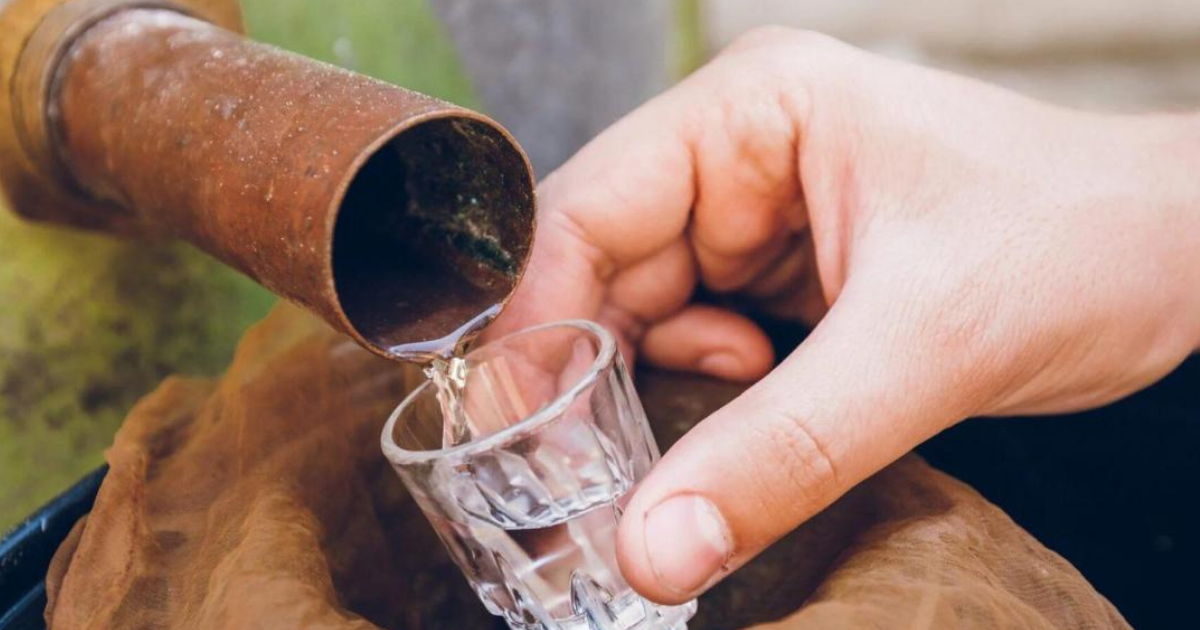
Alcohol-related startups have a plethora of research ahead of them. From sourcing whiskey to determining its desired taste, considering branding, and delving into the history of their product, there's much to explore beyond just the operational aspects of running a business.
Whiskey has a fascinating and intricate history, with many factors contributing to the diverse range of whiskey varieties available today. One key historical influence on American whiskies like bourbon is the role of moonshine.
But what exactly is moonshine? And how does it relate to the American whiskies we enjoy today?
Even though moonshine is commonly linked to the American South, its origins can be traced back to England in the 18th century. The term, which has been in use since the 15th century, was first associated with liquor during this time.
American moonshine originated during the early colonial period. Grain surplus in states such as Pennsylvania led to distillation to prevent spoilage.
The introduction of the "whiskey tax" by the US government in 1791 led to a three-year standoff between distillers and tax collectors, with some resorting to unconventional methods. This attracted the attention of a US marshal who intervened in Pennsylvania, where the tax inspector general's home was besieged by 500 individuals. Tragically, the leader of these rebels lost his life in the altercation, sparking a protest involving around 6,000 people.
The tax was repealed in 1801, and these events became known as the Whiskey Rebellion.
So, how does a whiskey tax relate to moonshine?
Moonshine is defined as “smuggled or illicitly distilled liquor.” Any liquor made in secret by distillers who refuse to pay taxes is illicitly distilled. American moonshine culture is rooted in an outlaw mentality.
Unregulated outlaw liquor comes with its own set of risks. Due to questionable practices and ingredients, there were instances of bad batches that could have severe consequences for the drinker. Regulation was necessary to ensure the safety of the public and maintain the quality of whiskey in the market.
The base ingredients for moonshine are simple:
Corn
Sugar
Yeast
Water
Additional ingredients can enhance the flavor, but these are the key components of the process, which is divided into two main parts: fermentation and distillation.
First, the corn is ground into cornmeal.
This meal is then soaked in hot water, typically in a still. Sugar can be added during this step, but traditional moonshiners added malt to turn corn meal’s starch into sugar.
Yeast is added, which starts the fermentation process.
The heat inside the still is brought up to about 172 degrees Fahrenheit.
This causes the alcohol to evaporate, which builds pressure in the still. The resulting steam is forced through a pipe from the top of the still.
The steam is forced into a thump keg, named so for the sound it makes when pieces of the mash drop into the barrel. The alcohol then re-evaporates, filtering out these pieces of the mash.
A coiled length of pipe tunnels into the inside of the “worm box.” The alcohol stream is funneled into this pipe. The box itself is flush with cool water, so the steam condenses as it cools.
A tap at the end of the worm box is opened to release the condensed steam, which has formed into a liquid. At this stage, an extra filter is added.
The liquid is clear and ready to be sold or consumed.
Moonshine may not have had its origins in America, but it has certainly made its mark in the country. In various regions, this tradition has been passed down through generations, evolving over time.
Bourbon, by definition, needs to be made with at least 51% corn in the mash. This directly relates to Moonshine’s straightforward recipe. In fact, moonshine is often referred to as unaged whiskey. This is because the general fermentation and distillation processes between the two drinks are very similar except for one crucial step: whiskey is aged in oak barrels.
The aging process contributes to both the color and flavor profile of bourbon. When bottled, bourbon is typically balanced at 40% alcohol by volume, whereas moonshine can often be found at higher concentrations.
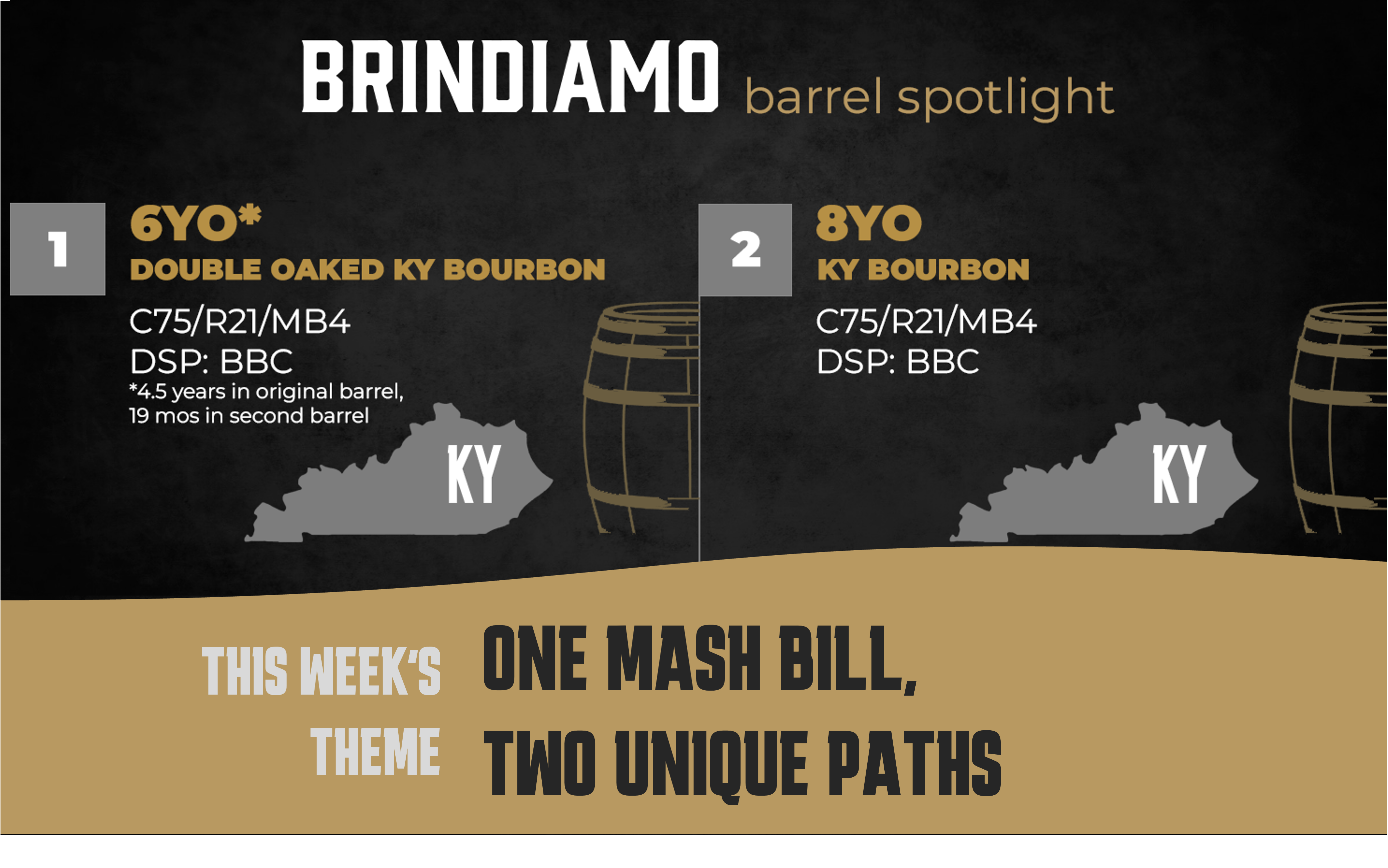
Welcome back to the Brindiamo Barrel Spotlight, our weekly email series highlighting the barrels, distilleries, and market dynamics shaping today’s...

The market for bourbon barrels is bifurcated. Over the course of the last 24 months, the conversation has shifted from how to find whiskey to how to...
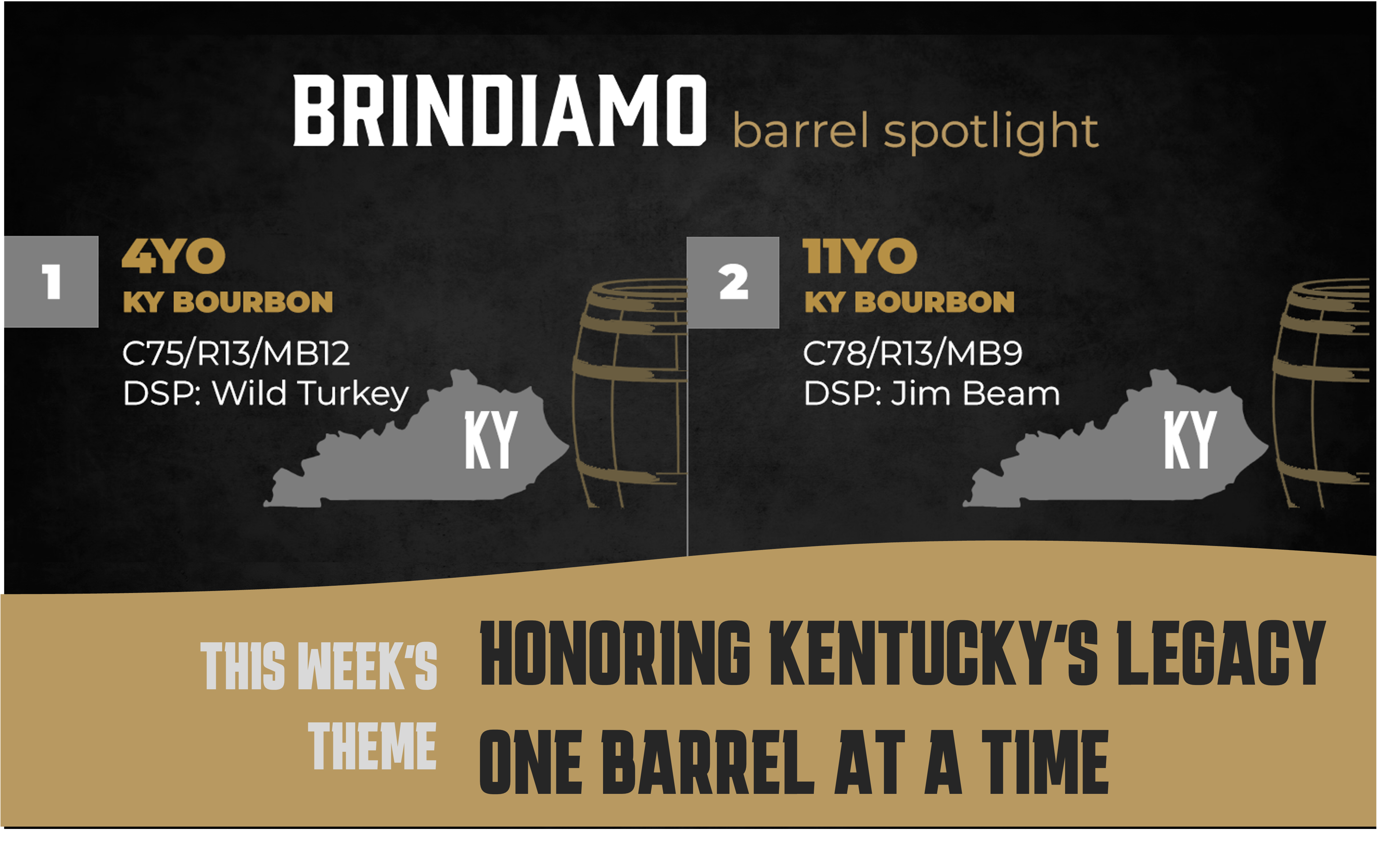
Welcome to the Brindiamo Barrel Spotlight, our weekly series celebrating the barrels, distilleries, and market dynamics shaping today’s whiskey...
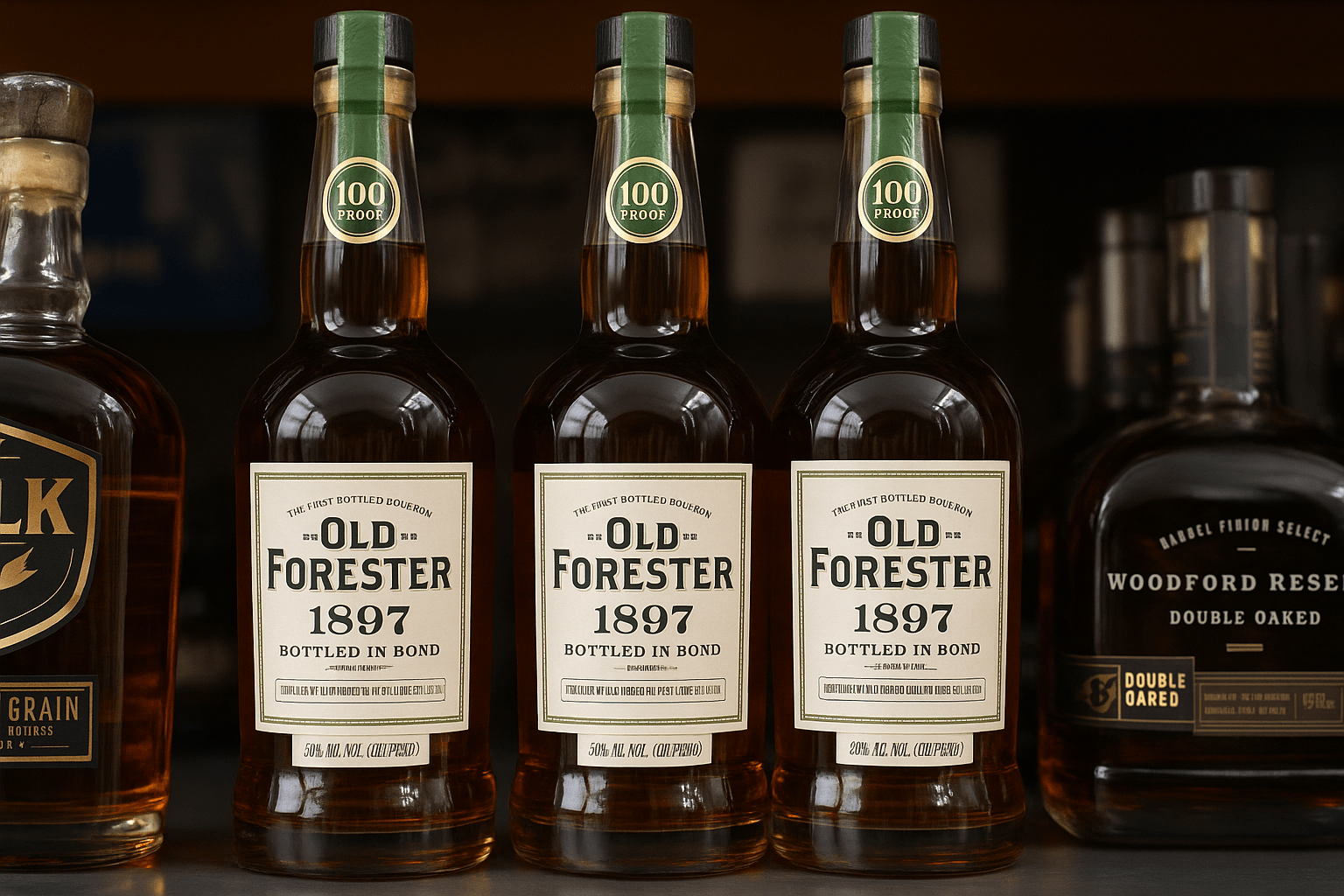
Whiskey has a long, storied history—and it’s full of lessons for today’s entrepreneurs. From its early roots to becoming a globally respected spirit,...
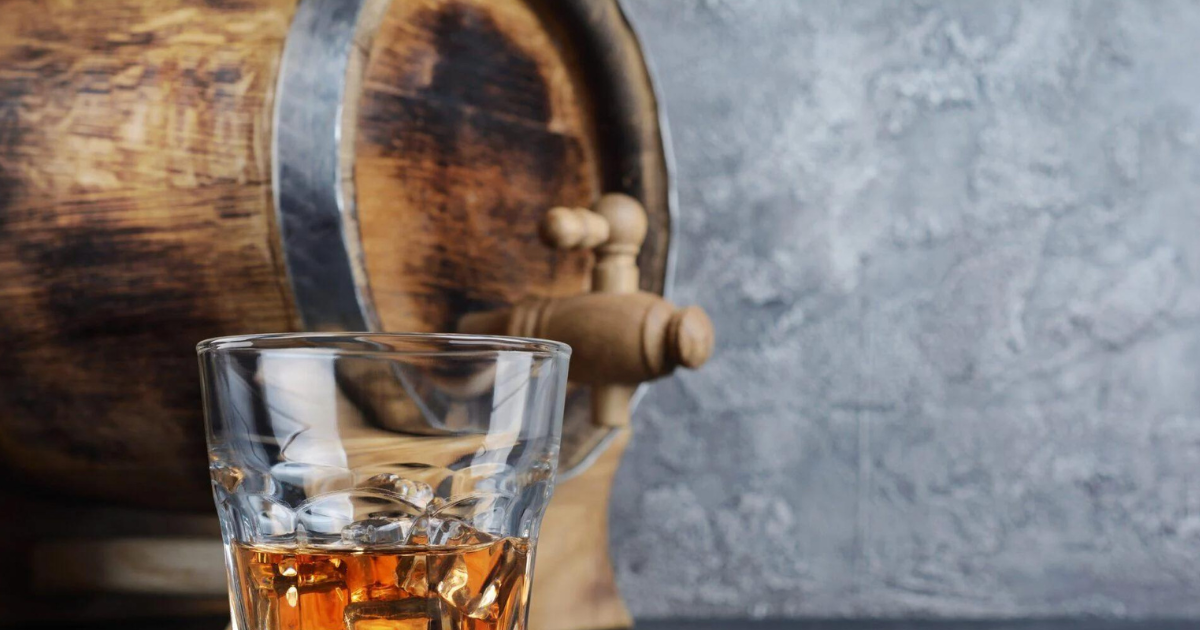
Whiskey and bourbon are truly iconic American spirits with a rich history that has played a significant role in shaping the country as we know it...
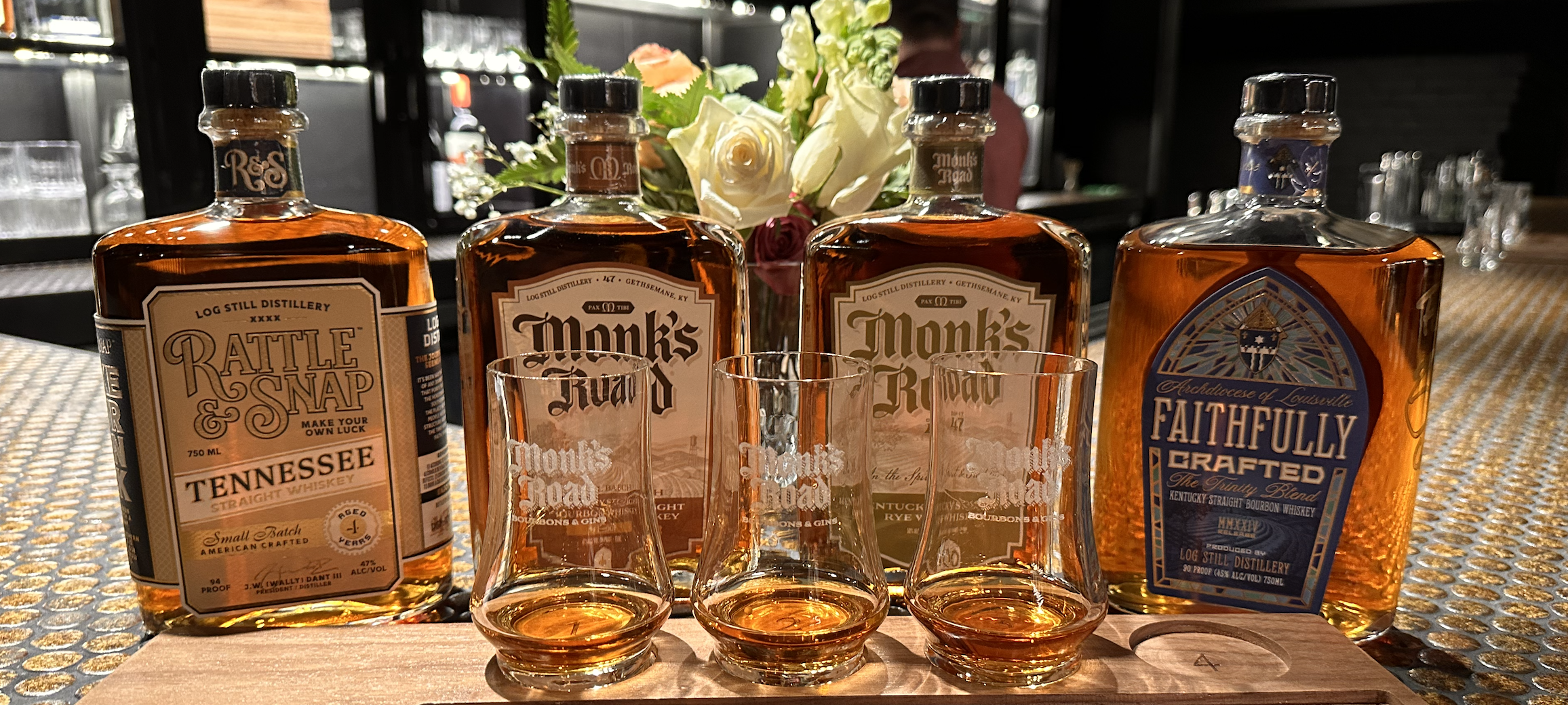
At Brindiamo, we believe that every whiskey tells a story. Our Flight Spotlight series showcases curated whiskey experiences that highlight...
Join the conversation
Leave a comment below.